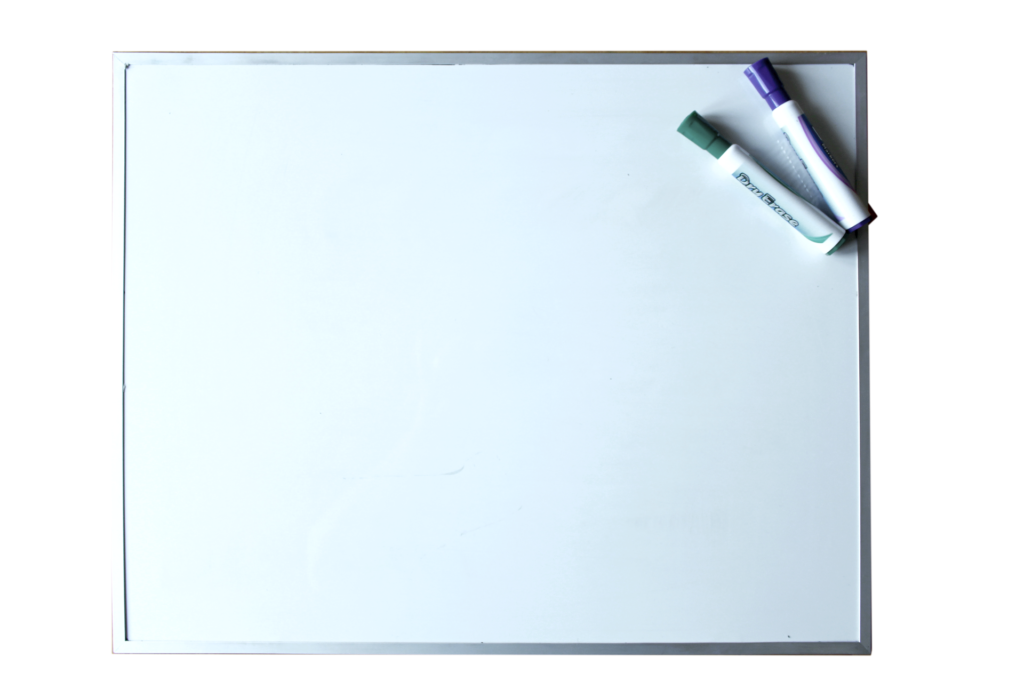Mini-Whiteboard Magic
Teachers give a variety of reasons to avoid using mini-whiteboards. “They’re for primary school.” “They let my students misbehave with doodling.” “It wastes too much time handing them out.” But all of these are untrue, especially when the right routines and expectations are in place. Here are a variety of different ideas on how to use mini-whiteboards to freshen up your teaching.
Warm-Up/DO NOW/Starter.
Mini-whiteboards can be used to warm up students’ schemas at the start of the lesson. At the start of the lesson use them for your Do Now activity instead of exercise books. This makes students more likely to engage with the activity as well as enable you to quickly see everyone’s answers. This can be a quick and easy exercise that connects what students did in the previous lesson and what they will do in this class, a quick multiple-choice or idea-generating activity.
Checking student understanding.
Getting students to follow along with your explanation or working enables you to check each step and target intervention for any misconceptions. When finishing from explaining a certain lesson you can ask students to draw a frown if they think they still require help to get started or a smile if they are fine working. Their drawing can change during the lesson enabling you to calculate the classroom and support students without. This can also lead to peer-support as when students finish, their work, they can move around the class with ‘smiley’ students finding ‘frown’ work to peer correct and ‘frown’ students find ‘smiley’ work to learn from.
Whole-class immediate feedback.
You can save time during mini-plenaries/lesson checkpoints by having students quickly hold up their mini-whiteboards!
Engaging activities.
Great for attempting calculations for the first time, playing Pictionary or practising diagrams.
Planning and drafting.
Let your students plan their work out on whiteboards before starting. This increases self-reflection, confidence and enables you to support more easily as the whiteboards are easier to read at a glance.
Saving on marking!
Getting students to use mini-whiteboards for learning activities reduces the amount of marking needed in exercise books. If your school policy allows, this can allow for only notes and assessment pieces to be exercise books!
Plenaries.
Mini-whiteboards can be as a great way of reflection. At the end of the lesson, teachers get students to write down on their whiteboards the most important thing they learned in the class. This helps optimize their learning and also enables the teacher to check what learning took place.
NOTE: If you don’t have mini-whiteboards, laminate some plain white paper!
Some other useful ideas:
Teaching Blog
No results found.....
